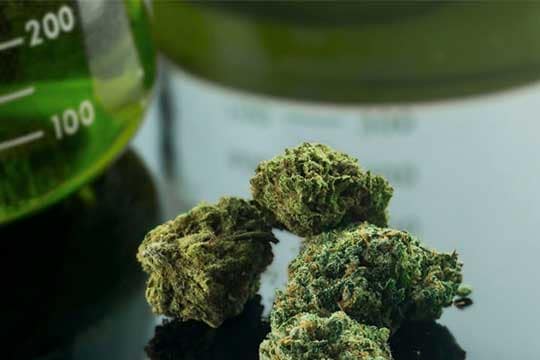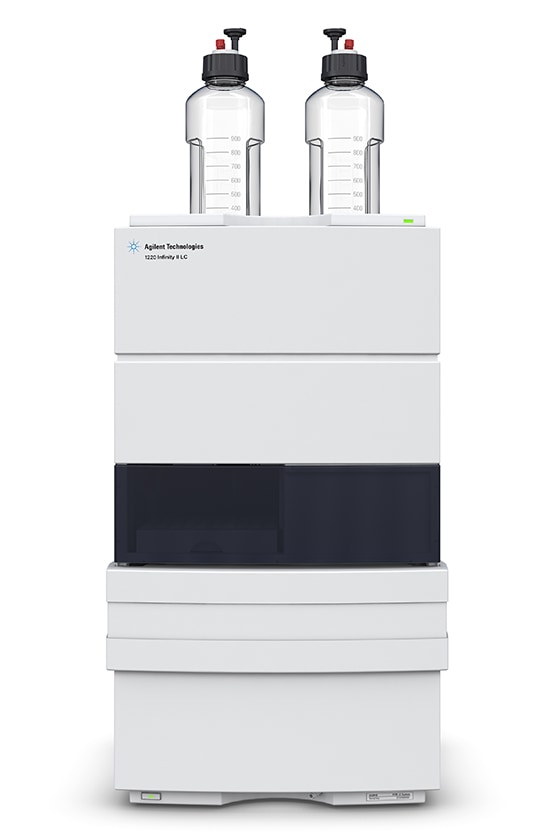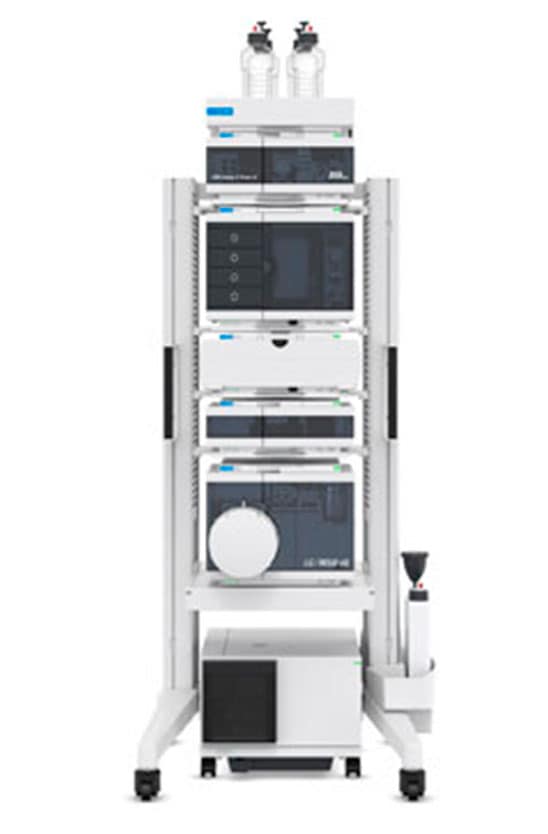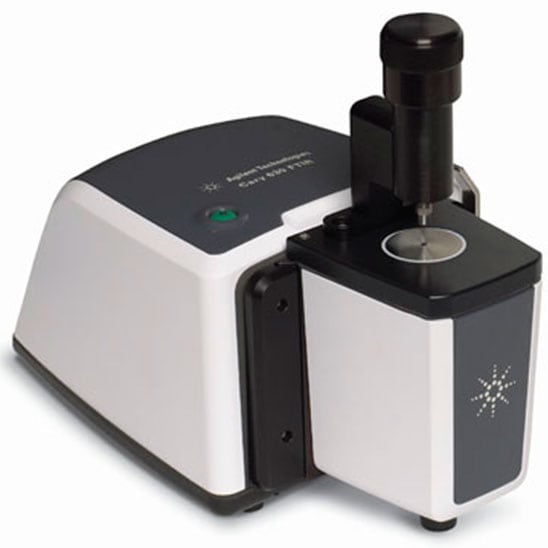There is a bewildering range of testing equipment choices for the analysis of cannabinoids in cannabis and hemp products. How do you choose what's right for you? Should you opt for high-performance liquid chromatography (HPLC), or do your needs align better with liquid chromatography-mass spectrometry (LC/MS)? This article provides a guide to help you identify the best potency testing equipment for your cannabis and hemp testing lab.

Setting up a cannabis testing laboratory involves several significant decisions, and instrument selection for total cannabinoid analysis (potency testing) is one of the most important ones. Potency specifically refers to the amount of psychoactive tetrahydrocannabinol (THC) in the sample, but other cannabinoids such as CBD, CBN, and others must be measured and reported as well. Depending on the cannabinoids and the level of precision needed, choosing the best equipment and vendor partner can make all the difference to your operations.
The important thing to remember is that not all vendor partners are equal and there is no one-size-fits-all approach to potency testing methodologies and equipment. With so many claims in the market about the performance of testing technologies, which one is right for your cannabis and hemp testing laboratory?
Criteria for selecting instrumentation
The testing technology and equipment you select are dependent upon your commercial model, business goals, and type of laboratory set-up you have.

Figure 1: 1220 Infinity II Prime LC
1. If you are a start-up cannabis and hemp testing laboratory, grower, extractor, or manufacturer with small batch-processing needs, you require entry-level testing equipment that yields repeatable and reliable results. HPLC is the most widely used technology for this use case, and the Agilent Infinity II 1220 LC is ideal for your purpose. Capable of processing about 100 samples per day, it is perfect for routine testing. The Agilent Infinity II 1220 HPLC is a self-contained system with a small footprint and reliably tests 11 of the major cannabinoids.

Figure 2: 1260 Infinity II Prime LC/MSD iQ System
2. An alternative to the 1220 system is the Agilent Infinity II 1260 HPLC. The 1260 platform is modular, flexible, upgradable, and can grow with your cannabis and hemp lab's needs. High-throughput laboratories, cannabinoid researchers, forensic and criminalistic labs, and cultivar R&D may need to identify hundreds of cannabinoids and many other endogenous chemicals in cannabis and hemp. For these situations LC/MS is the answer. Systems like the Agilent InfinityLab LC/MSD iQ greatly reduce the probability of false positives in tests for total THC content in hemp and offer high confidence in each result.

Figure 3: Agilent Cary 630 FTIR instrument with ATR sampling accessory attached.
3. The Agilent Cary 630 FT-IR spectrometer is a type of equipment that is used for relatively simple testing of the four major cannabinoids with processed samples.
Comparing HPLC, LC/MS, and FT-IR methods for cannabis potency testing
|
HPLC |
LC/MS |
FT-IR |
|---|---|---|---|
Average test time |
5 to 20 minutes |
5 to 20 minutes |
About 1 minute |
Number of cannabinoids identified |
All cannabinoids |
All cannabinoids |
Four major cannabinoids |
Type of sample required |
All cannabis, hemp, and cannabinoid product matrices |
All cannabis, hemp, and cannabinoid product matrices |
Clean matrix (oils, powders, and extracts) |
Footprint and portability |
2 – 6 square feet. Typically stationary |
6 to 12 square feet. Typically stationary on a 6 ft x 3 ft bench |
Portable, suitcase-sized self-contained unit |
Setup and results |
Expert installation required. |
Expert installation required. |
Expert (custom) model building required. |
Agilent instrumentation |
Agilent Infinity II 1220 HPLC |
Agilent InfinityLab LC/MSD iQ |
Agilent Cary 630 FT |
Table 1. Comparing HPLC, LC/MS, and FT-IR methods for cannabis potency testing
If you are a start-up laboratory, grower, extractor, or manufacturer with small batch-processing needs, you require entry-level equipment that yields repeatable and reliable results. HPLC is the most widely used technology for this use case, and the Agilent Infinity II 1220 LC is ideal for your purpose. Capable of processing about 100 samples per day, it is perfect for routine testing. The Agilent Infinity II 1220 HPLC is a self-contained system with a small footprint and reliably tests 11 of the major cannabinoids. An alternative to the 1220 system is the Agilent Infinity II 1260 HPLC. The 1260 platform is modular, flexible, upgradable, and can grow with your lab's needs. The Agilent Cary 630 FT-IR spectrometer is used for relatively simple testing of the four major cannabinoids including THC, CBN, CBG, with processed samples.
High-throughput laboratories, cannabinoid researchers, forensic and criminalistic labs, and cultivar R&D may need to identify hundreds of cannabinoids and many other endogenous chemicals in cannabis and hemp. For these situations LC/MS is the answer. Systems like the Agilent InfinityLab LC/MSD iQ greatly reduce the probability of a false positives and offer high confidence in each result.
Think two steps ahead while selecting instrumentation
"When selecting instrumentation for testing cannabinoids, one should consider what is fit-for-purpose and at the same time look to the future. Two important factors I consider are detector selectivity and dynamic range. Testing a flower is reasonably predictable and does not necessarily require a highly selective detector. Considering other products like edibles and personal care products, selectivity becomes much more important. A detector's dynamic range is not often discussed but should be considered carefully. Cannabinoids can occur in a wide concentration range resulting in multiple analyses per sample when an instrument has a smaller dynamic range. This can have a great impact on cost and turnaround times."
- Julie Kowalski, Ph.D., jkSS, LLC
The high costs of setting up a cannabis and hemp testing laboratory and the wide array of choices can sometimes lead lab owners to make short-term, low-cost purchasing decisions. One common error is opting for equipment that claim they meet regulatory needs but fall short of the required standards. This is a short-term approach and leads to extra costs in the end.
It is important to consider the long-term operations of the lab and define clear criteria for the choice of instrumentation. Think in terms of ABLE methods: affordABLE, achievABLE, reliABLE, and repeatABLE when considering the instrument purchase. Other important decisions include the bench space in your lab and the footprint of the equipment, data processing, consumables, scientific consulting, education, and ongoing support. Finally, laboratories need to look to their instrumentation partners to support them with expertise and consultancy. A partner with a track record in the field is essential to achieve results over the long term.
Related Content:
First AOAC Approved Method for Heavy Metals Testing in Cannabis and Cannabis products
Cannabis potency testing methodologies: What are the options?
How to Select the Right Equipment for Cannabis Potency Testing
Common Pitfalls in Cannabis Lab Testing: What You Should Know and How to Avoid Them